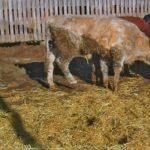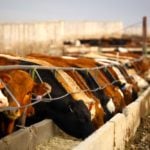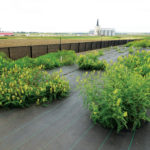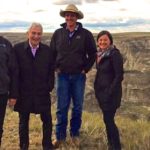Saskatchewan’s provincial disaster assistance program (PDAP) will be opened up to cover southwestern grazing areas damaged by this fall’s wildfires. The province’s government relations minister, Larry Doke, on Wednesday announced producers who incurred wildfire damage on “tame and native lands” intended for grazing may now apply for assistance to get feed for affected livestock. Winds […] Read more














